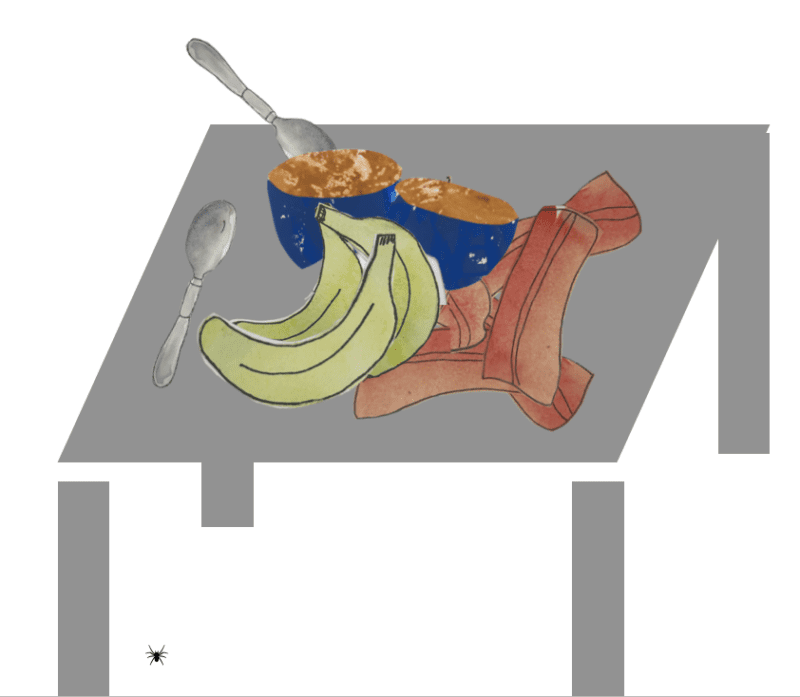Visual Literacy/Communication: Learning to read pictures

Quickly, observe what’s around you. Did you see shapes, colors, objects, or pictures? Visual elements and images are all around us. Visual elements (line, shape, color, texture, space, form) are a tool that artists, designers, markets, illustrators, and even YOU, use to communicate. There is no escaping visuals, which is why it’s important to learn how to read them and how to use them to strengthen your message or story.
Have you ever looked at a painting, poster, or advertisement and wondered, what it means? How did the artists or designer decide what to put on the page? Images are all around you, and it’s likely that you’re also making a lot of images (still and video) yourself, do you think about the messages that you’re communicating based on the visual elements that you use or don’t use? You should!
In this workshop, you’ll learn visual thinking strategies, that will help you to interpret the images around you. You’ll look at images and learn how to break them down, part by part, to get a better sense of what the image says, while also exploring the role that your personal context and aesthetic play in understanding what you see. Take your visual literacy skills to the next level.
Logistics:
- All course content will be housed in google classroom
- Students will receive weekly instructions and assignments to complete on their own.
- Interaction is encouraged in the class, but there are no live components to this class. The instructor will be active in google classroom to answer questions and offer support.
- Students will have weekly assignments to submit. They’ll receive feedback and a score if they are taking the class for a grade.
- Date: Monday, June 26 – August 4 (6 weeks)
- Cost per student $150
Who should join:
Anyone entering 9-12 grade that’s interested in learning more about visual literacy and communication. You do not need to consider yourself an artist to take this class.
Learning objectives:
- Students will demonstrate an understanding of what visual literacy and visual communication are.
- Students will make connections between how to read text and how to read an image.
- Students will understand how an artist’s, graphic designer, and illustrator’s choices contribute to the meaning of an image.
- Students will identify and cite contextual evidence (both explicit and inferred) to support the analysis of an image.
- Students will compare the structure and determine the commonalities within a group of images.
- Students will evaluate an image’s effectiveness in influencing audiences’ ideas, feelings, and behaviors.
- Students will analyze differing interpretations of artwork and defend their critical analysis.
Materials:
- Colored construction paper
- Scissors
- Glue stick